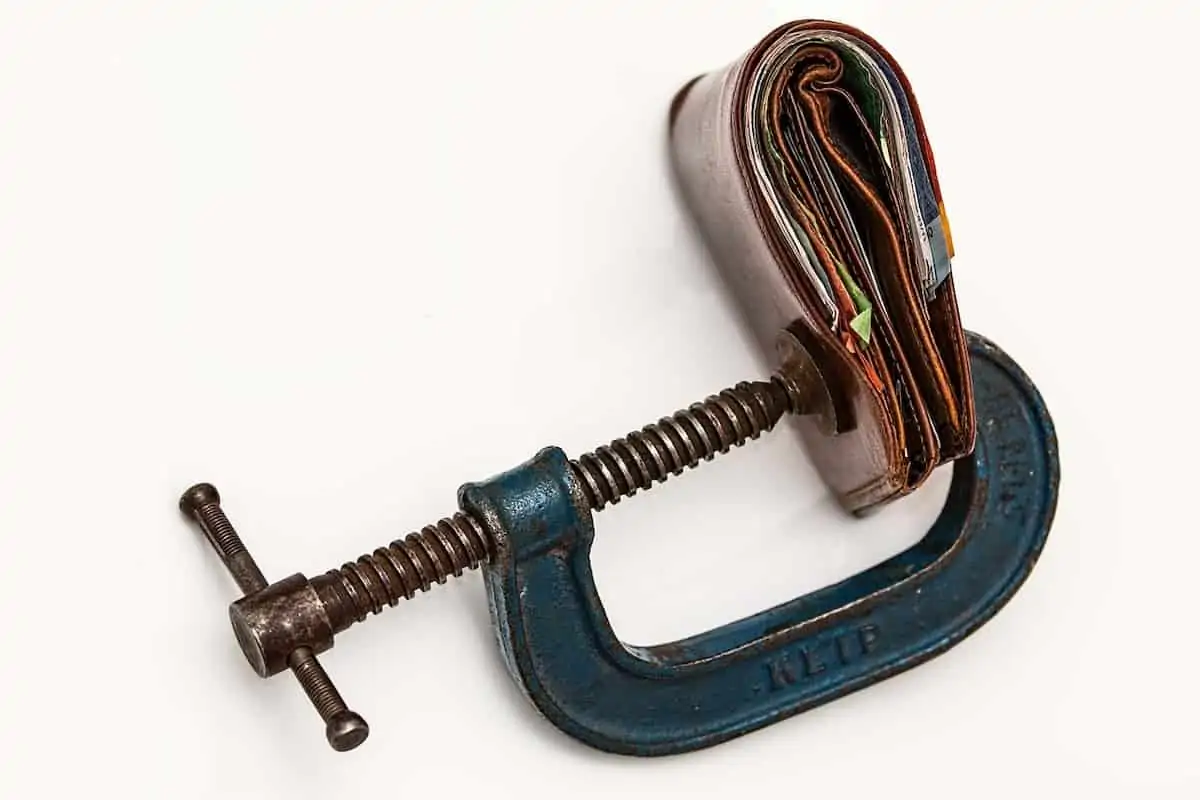When it comes to small business cost cutting you need to think very carefully. Not just because one bad investment could put your business in extreme difficulty, but also because you need to figure out what is a good deal or a bad deal pretty much on your own. Obviously, this can be stressful, and you might feel way out of your depth.
The truth is, there are no easy decisions when you are running a small business and keeping everything ticking over while trying to take the business forward is a real juggling act.
With that in mind, here are some ideas for small business cost cutting you could put in place to not worry about your financial situation on top of everything else.
1. Think about cheaper alternatives
There are some services you just can’t do without. For example, you need to keep the lights on, the heating or the A/C working, and all of the other utilities. This doesn’t mean you can’t save money here, though; in fact, this is one area where it’s possible to get yourself a really good deal with the competition between utility suppliers.
Going around one of the companies one by one can take you away from core business tasks, so in the same way you would outsource other specialist tasks, you can get the professionals in on this one. Using a company like Utility Bidder to find the best deals can help save you time and money, especially when looking at some bills you might not have considered, like business water rates.
2. Pay only for what you need
When you’re starting up your business, you undoubtedly compiled a list of the things you needed to get going. However, as time has gone on, you’ve probably found that you use some of these more than others. If that’s the case, then a bit of a reassessment could be in order.
Some of the things you do less often could be outsourced like IT services instead of doing them in-house using expensive software and taking up precious time, like perhaps payroll or web maintenance. Others, like services you only use at certain times of the year, could perhaps be changed to a monthly subscription and only paid for on the months when the software is in use. You may also find your business mirrors many people’s personal lives, where they waste money paying subscriptions for services they no longer use.
3. Maintaining items is better than buying new
Finally, once you’ve pared down what you need and what you’ve been paying for, it’s all about looking after what you’ve got. This can mean anything from the forklift in the warehouse to the microwave in the break room, and especially computers and other tech.
Maintenance does not just involve mechanical upkeep, but also cleaning and making sure all updates and upgrades are carried out on whatever it is you need to keep in tip-top condition. One example of this is a simple office computer (not one used for anything particularly demanding like CAD), which can be upgraded for years and still perform basic admin tasks without being replaced. Another example is managing your very expensive snow clearing equipment.

